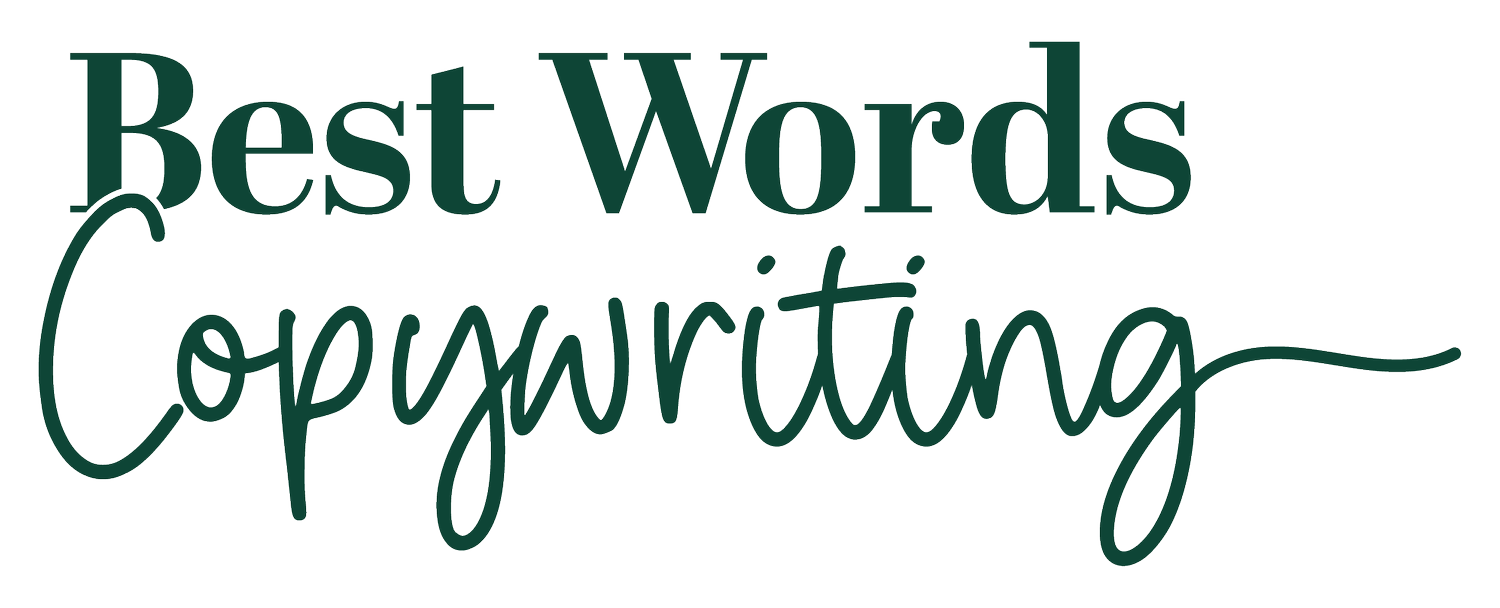Make your business stand out with a simple style guide
Creating a style guide for your language teaching business sounds complicated. But it's actually straightforward to do and will make your working life easier.
What a style guide is (and why it's worth your time)
A style guide is a set of guidelines that describe how your business looks and sounds. It covers:
Visual elements: the colours, fonts and images you use.
Writing style: how you write and the words you choose.
Having a style guide helps you:
Keep your writing and look consistent across social media, emails and your website.
Make your message easy to understand, especially for lower-level language learners.
Work better with any collaborators like designers or copywriters, even co-authors.
Save time by not having to think about the same style decisions over and over.
So, lots of benefits, but what to include in your style guide?
Key elements to include in your style guide
Consider creating three separate sections to start with. These will help you develop a comprehensive guide that’s easy to use.
1. Your voice and story
How do you want to sound when you talk to your students and clients? Are you chatty or more formal? Professional but friendly?
Getting your tone right helps people recognise and trust you.
Tell your brand story – why did you create your business and what do you love about it?
QUICK TIP: We’re ... we're not ...
Sometimes it's easier to say what you're not than what you are. Look at the example from Ben & Jerry's Brand Guide. They keep it simple with adjectives and the statement; Our voice is … NOT … .
2. Your look
You don't need a fancy logo to start. Focus on:
Choosing 3-4 colours you'll use consistently. Lots of colour palette inspiration at Color Hunt.
Picking two fonts that work well together. Fontpair has endless typography suggestions.
Deciding how you'll use images. Will you take your own shots or select stock photos?
QUICK TIP: Learn from the big names
Take a look at TikTok’s Brand Guidelines and Mailchimp’s Content Style Guide. Don't let the amount of detail put you off, instead pick out ideas that might work for you. For example how TikTok show their colour choices or how Mailchimp explain their tone of voice.
3. Your writing rules
As a language teacher, you know about grammar. For your style guide, note down your rules, such as:
Whether you use UK or US English.
How you write common terms (CELTA, EFL, etc.).
Your format for dates, times and numbers.
Simple explanations for industry terms your clients might not be familiar with.
Getting your style guide started
Here's how to begin:
1. Look at what you've already written
Check your emails, social media posts and website. What words do you use often? What tone feels natural?
You could even use an AI tool like ChatGPT to analyse your writing style - just double-check its suggestions make sense for you.
2. Write down your basics
Start with the three main areas we talked about:
Your voice and story
Your look
Your writing rules
3. Select your reference books
Add your favourite grammar books as references. For me it’s Thomson and Martinet’s Practical English Grammar combined with New Hart’s Rules.
QUICK TIP: Make it easy to update
Keep your style guide in a digital format that's simple to change (like Google Docs). Check it every few months to make sure it still fits how you work. Note down when you make big changes - it helps you see how your business is growing.
Keeping your style guide simple
A style guide doesn't need to be complicated to be effective. Start small with the basics we've covered - your voice and story, your look, and your writing rules. Keep it clear, practical, and easy to update. As your teaching business grows, your style guide will naturally evolve with you.
Remember, having a style guide:
Saves you time.
Keeps your message consistent.
Makes working with others easier.
Helps your students and clients recognise you.
Ready to create your own style guide but not sure where to start? Get in touch and I’ll provide some practical tips and guidance.



